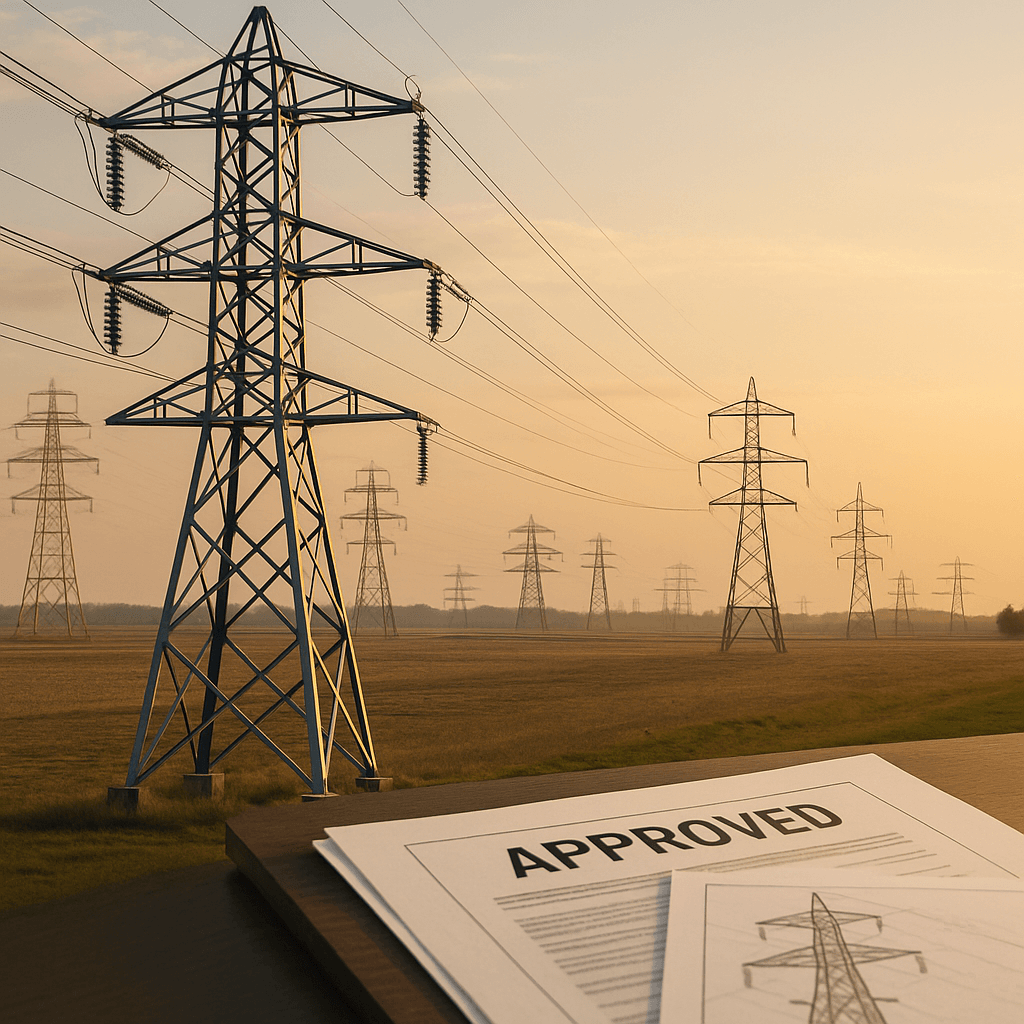The Trump administration just delivered a rare win for Biden-era energy policy, finalizing a $1.6 billion loan guarantee for American Electric Power to modernize 5,000 miles of transmission lines across five Midwest states. The move stands in stark contrast to the administration's broader campaign to axe renewable energy projects, raising questions about the political calculus behind what gets saved and what gets scrapped.
The Department of Energy just threw the energy industry a curveball. While the Trump administration has been systematically dismantling Biden-era climate programs, it quietly finalized a $1.6 billion loan guarantee Thursday for one of America's largest utilities to modernize its aging power grid.
American Electric Power, which serves 11 states and owns roughly 40,000 miles of transmission lines, will use the federal backing to upgrade 5,000 miles of infrastructure across Indiana, Michigan, Ohio, Oklahoma, and West Virginia. The project won't build new routes but will rewire existing lines with advanced conductors that can carry significantly more electricity through the same corridors.
The timing couldn't be more politically charged. The loan guarantee was initiated just days before Trump took office, exactly the kind of last-minute approval his administration has used to justify canceling other projects. Yet this one survived while bigger, similar initiatives got the axe.
The contrast is striking. In Minnesota, the DOE is moving to cancel a $467 million grant that would unlock 28 gigawatts of new generating capacity, mostly solar and wind. Oregon's losing $250 million in grants to connect renewable projects. But the biggest casualty might be California's $630 million grid modernization program - which, ironically, uses the same advanced conductor technology as the AEP project that just got approved.
"It's unclear what distinguished this grid modernization project from others," energy analysts are asking, according to TechCrunch's reporting. The California project would have tested dynamic line rating devices and next-generation conductors on existing rights-of-way, often a cheaper alternative to building new transmission corridors.
The AEP deal represents about 13% of the utility giant's total network and will slash the company's borrowing costs by at least $275 million - savings that AEP says will flow to customers. Energy Secretary Chris Wright pitched it as ensuring "lower electricity costs across the Midwestern region," though these states already enjoy some of the nation's .












